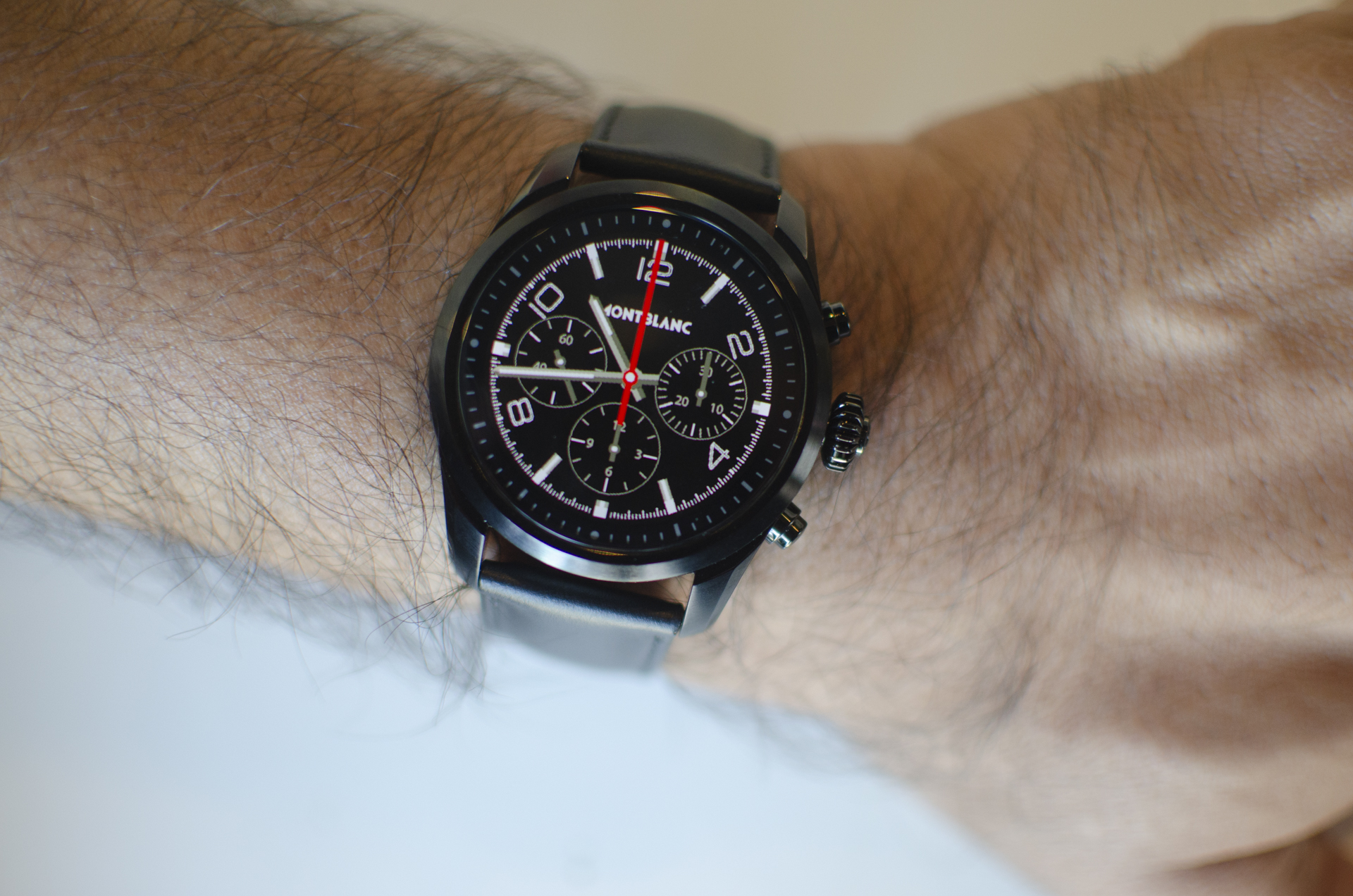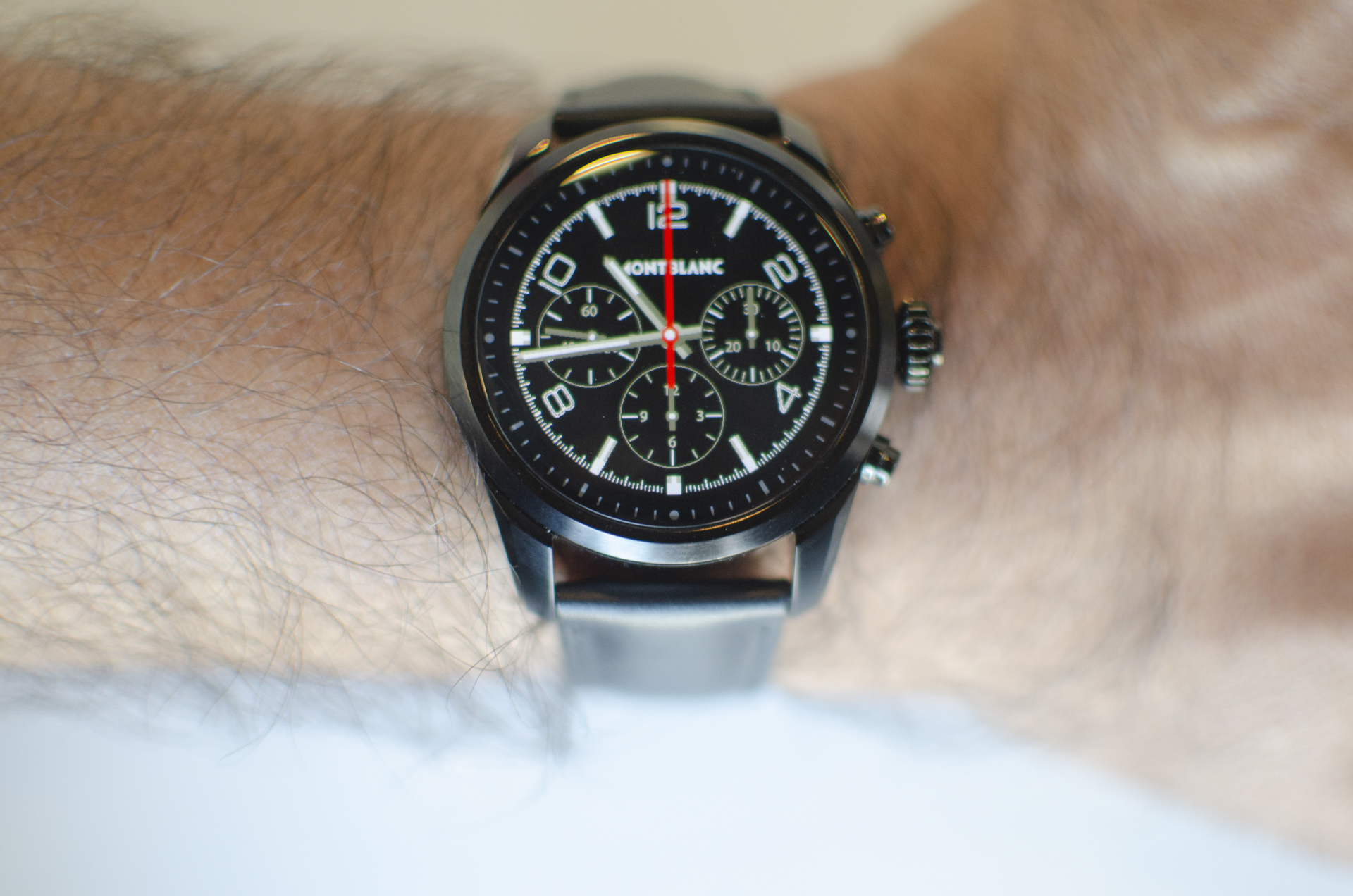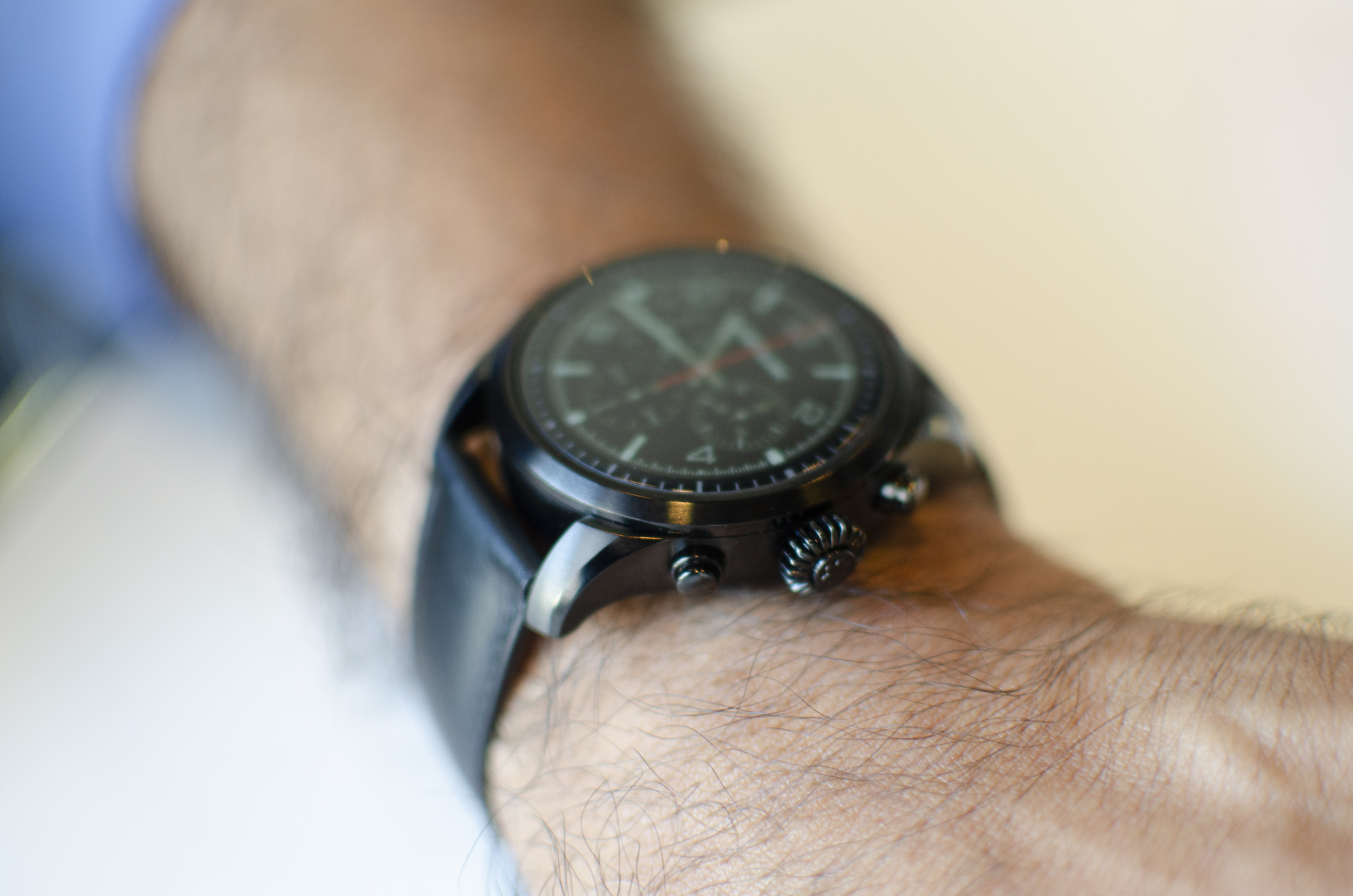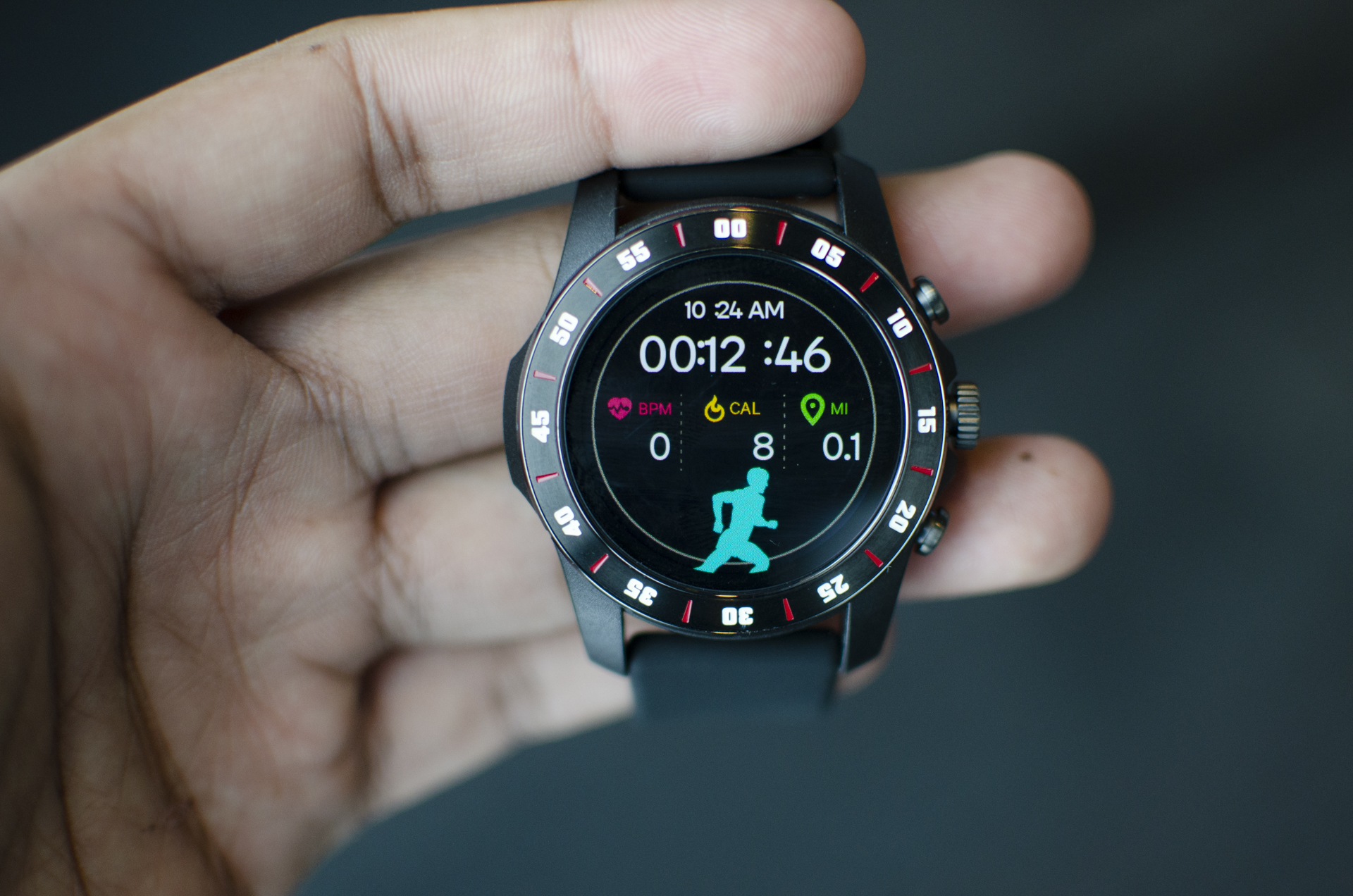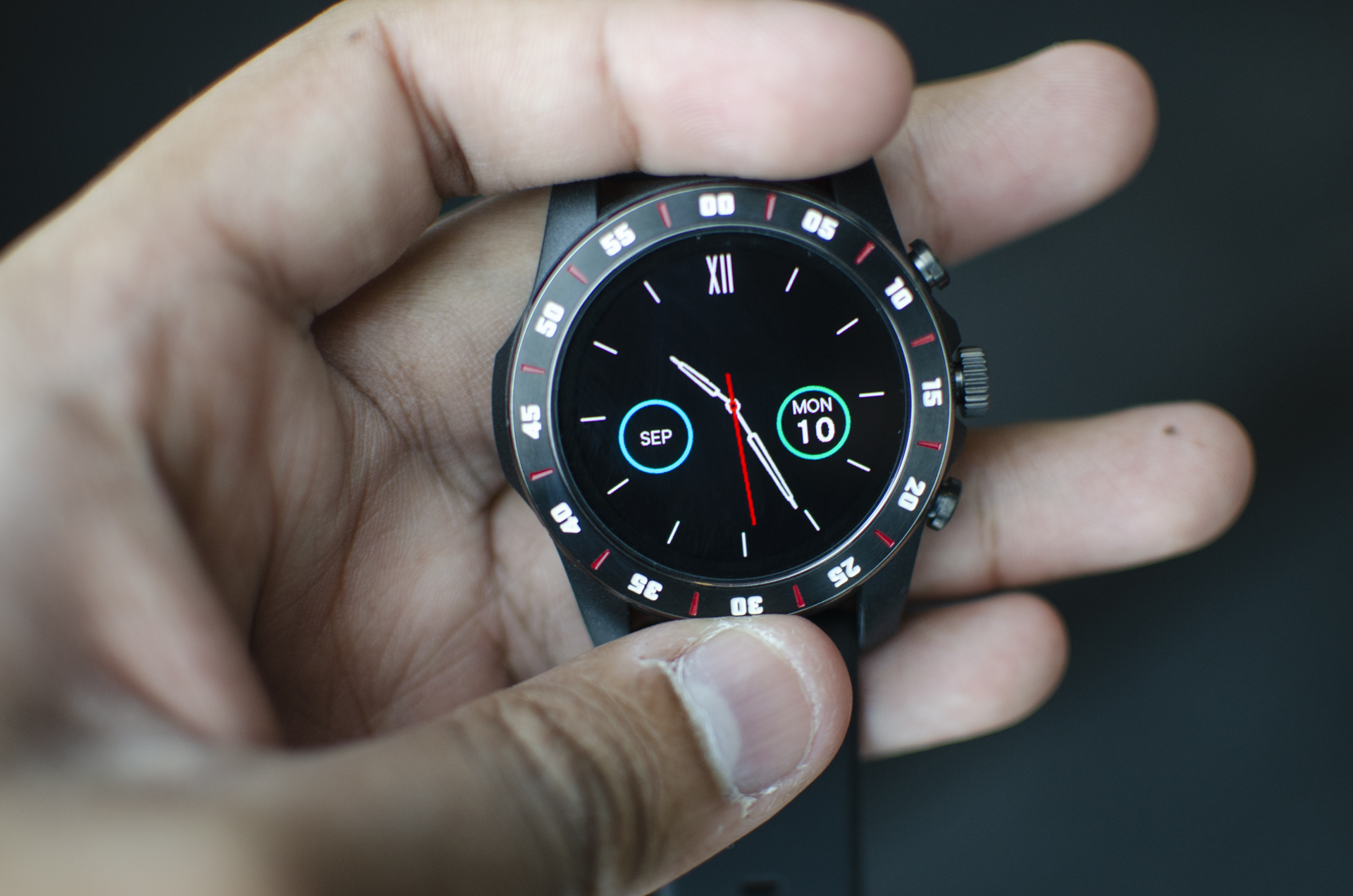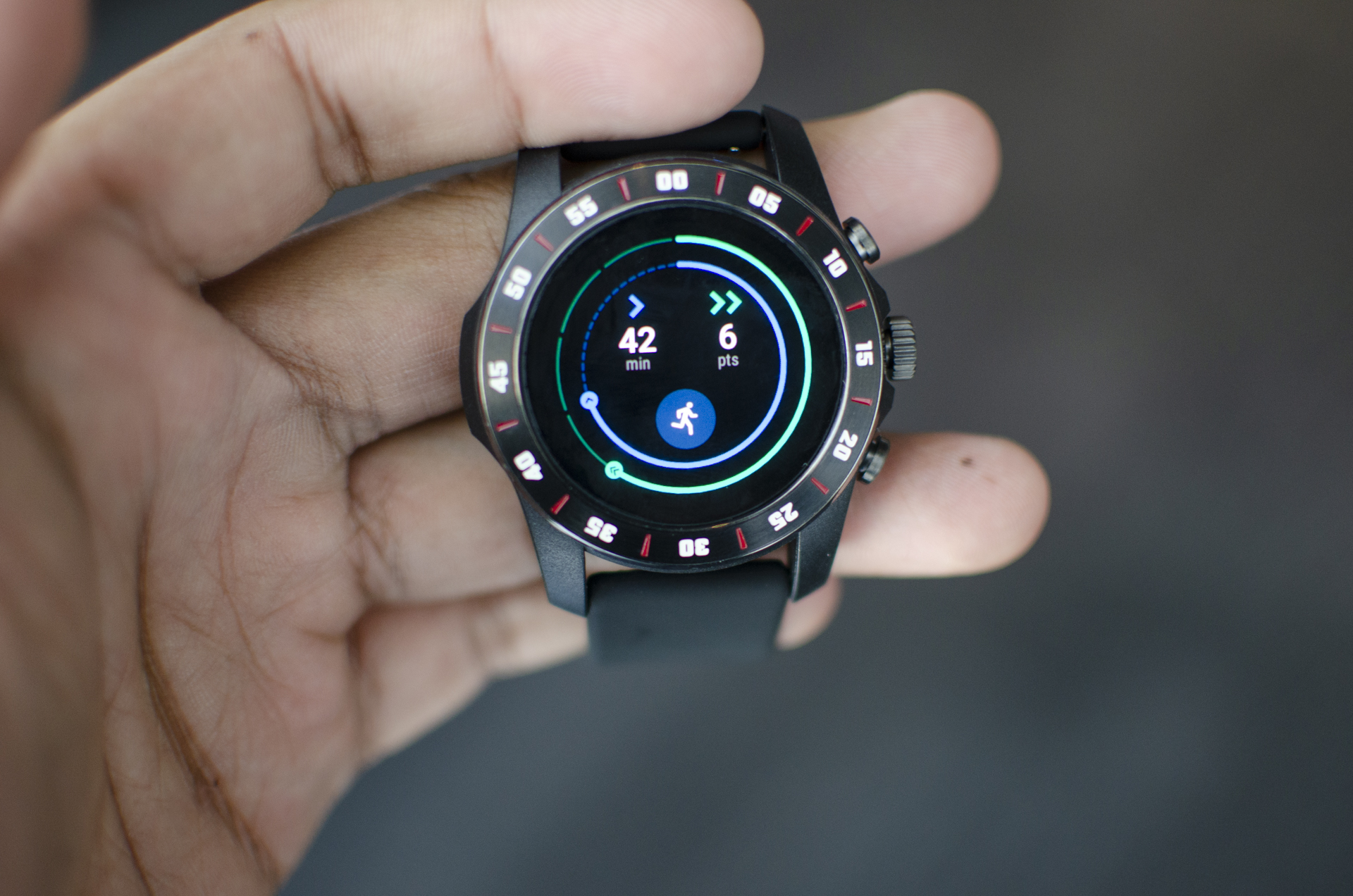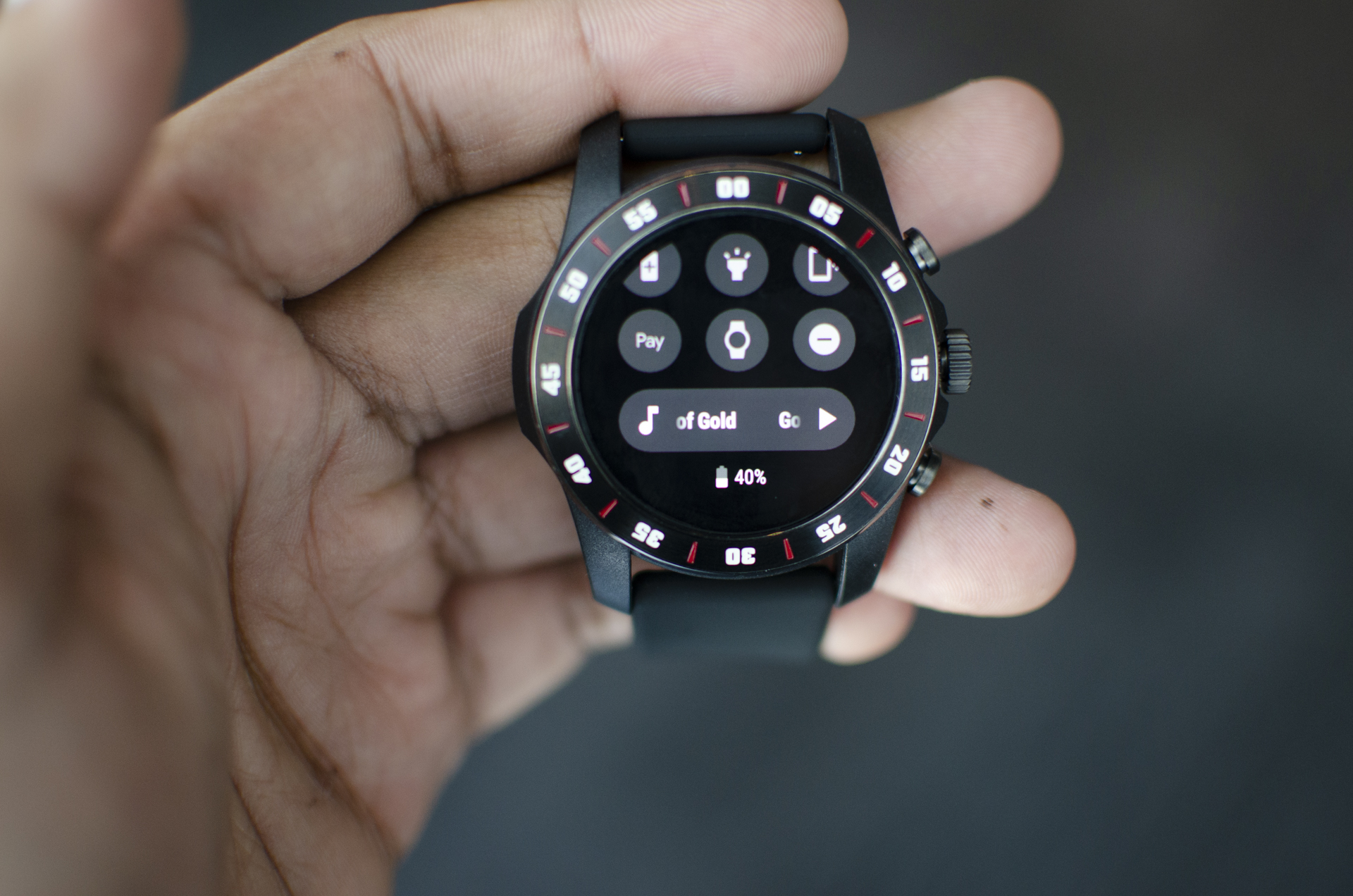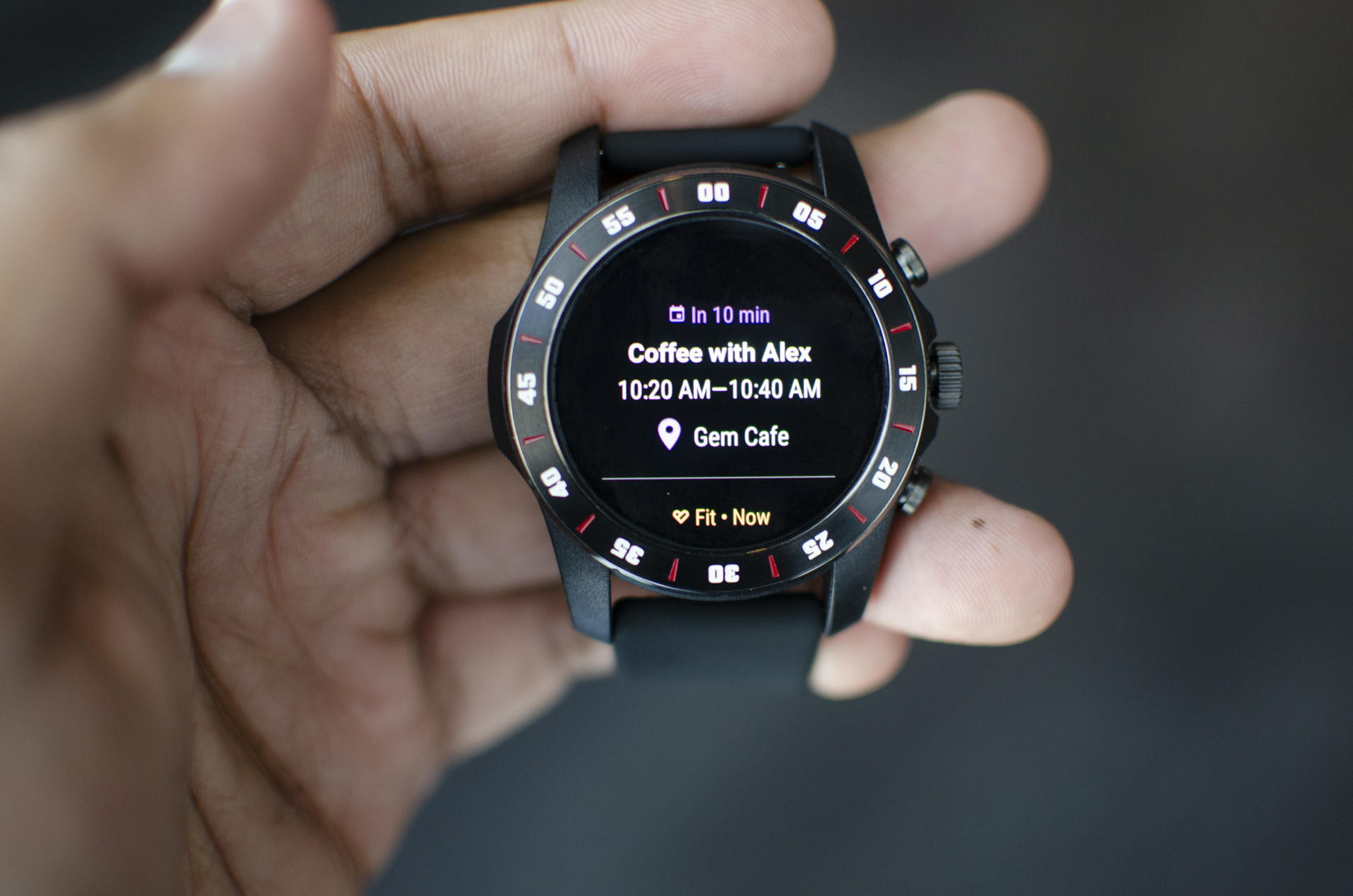Qualcomm has taken some lumps over the past year about not updating the aging Snapdragon 2100 chipset, which has powered many smartwatches over the past couple of years. It has now answered those criticisms with the new Snapdragon Wear 3100 platform, and it has definitely come out fighting, as it packs a variety of new technology to power the next generation of wearable technology.
The Snapdragon Wear 3100, unlike the 2100, is a new low-power chipset designed for smartwatches, rather than being adapted from a chip designed for smartphones. To understand what makes it special, think back to how many multi-core phone chips were described as having “big” cores and “little” cores, which helped manage power and reduce battery consumption. The Snapdragon Wear 3100 is made up of 4 A7 “big” cores, a little DSP, and a new tiny co-processor.
5 years of research
It has taken five years of research to create the 28nm QCC1100, ultra-low power co-processor, and it’s going to fix many of the things that frustrate us about wearable tech at the moment. Crucially it will be responsible for keeping the lights on when you’re not interacting with the watch, removing strain from the main processor. Two new display architectures kick in depending on activity, further reducing power consumption. How much lower? Qualcomm said the Snapdragon Wear 3100 reduces active power by 20 times over current products.

The introduction of the new chip will make future Google Wear OS smartwatches more versatile, and is designed to power both fashion and sports-focused watches. Qualcomm told Digital Trends we will see more sports manufacturers introduce smartwatches with the Snapdragon Wear 3100 inside, due to the platform now able to run GPS and a heart rate sensor for 15 hours on a single charge, rather than the three that’s possible now.
How about battery life overall? Depending on the capacity of the battery, new smartwatches with this chip will operate for between 36 and 60 hours before a recharge. Snapdragon Wear 3100-powered watches will also have a power-saving traditional watch mode, similar to what we’ve seen on the Mobvoi Ticwatch Pro and the Huawei Watch 2, except here it’s a combined hardware and software system that will see the watch run in ambient mode for 30 days on one charge. You’ll get a week from 20-percent battery power too.

It’s not just power benefits either. The co-processor will run a brand new ambient mode, which elevates the current boring Wear OS ambient mode look to something much more watch-like. It will display 16 different colors, a moving second hand, and complications too. We saw a beta version running, which you can see in the image above, and it looks great. With ambient mode on, the A7 cores are asleep, and everything operates using the co-processor. Interestingly, the co-processor doesn’t run Wear OS like the A7 cores, but an RTOS operating system, which again increases efficiency.
Do more, for longer
The co-processor isn’t the only new aspect of the Snapdragon Wear 3100. There is a new PMIC (Power Management Integrated Circuit) for improved battery life, a next generation NFC chip for better contactless payments, a more efficient modem designed for use in wearable products, and custom SRAM. Additionally, the Digital Signal Processors are built on an open framework for manufacturers to add more sensors based on product requirements, rather than being limited to what Qualcomm provides.
Qualcomm describes the Snapdragon Wear 3100 as a platform, not simply a chip, and it will be supporting it through updates in the future. These will being new features and improve the battery life too. We should expect a Monday-to-Friday battery life extension first, followed by Monday-to-Sunday life in the future. Boiled down to the basics, Qualcomm’s Snapdragon Wear 3100 platform will let us do more with our smartwatches, for longer, and become less reliant on charging. It’s exactly what we’ve been waiting for.
For all the new features in the Snapdragon Wear 3100 to work, it will require a new version of Google’s Wear OS on the watch. Google unveiled a new way to interact with Wear OS, but we haven’t seen these new power-saving modes in action. Plus, some manufacturers may decide to use a smaller battery due to the power efficiency enhancements, so a thinner watch case can be introduced, potentially negating the bulk of the battery life improvements.
When can you get a watch with the 3100?
The first smartwatches with the Snapdragon Wear 3100 platform inside will be from the Fossil Group, Montblanc, and Louis Vuitton, which shows the high level of interest from fashion brands in continuing to churn out these watches. The Fossil Group contains brands such as Michael Kors, Misfit, Marc Jacobs, Emporio Armani, and Skagen. The Montblanc watch already has a name — the Summit 2 — and it’s coming in October. Qualcomm also announced a partnership with a major sports brand, and the watch is codenamed Project Stamina — we’ll learn more soon.
Updated on September 11: Added video
